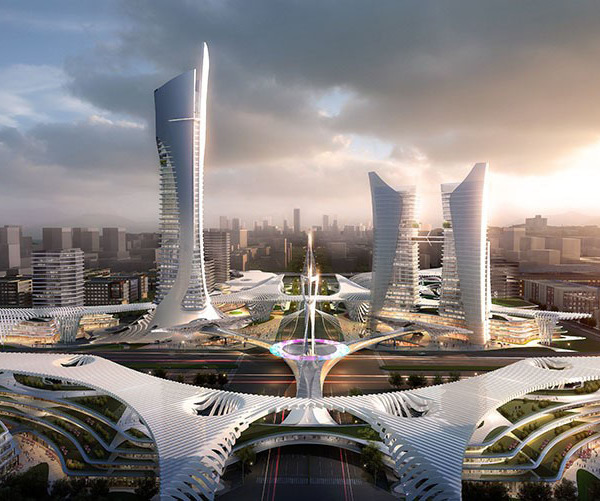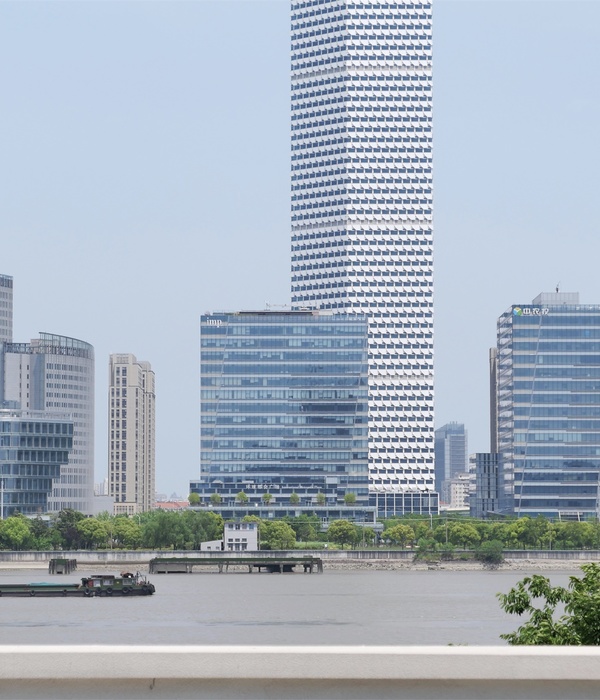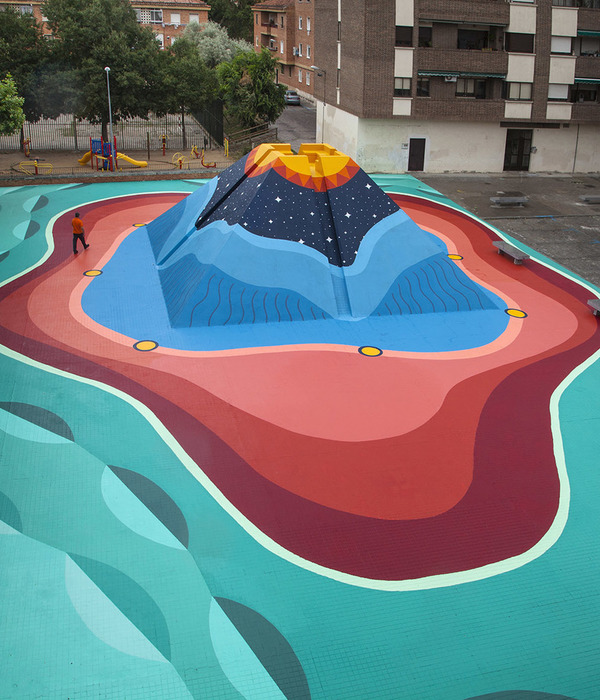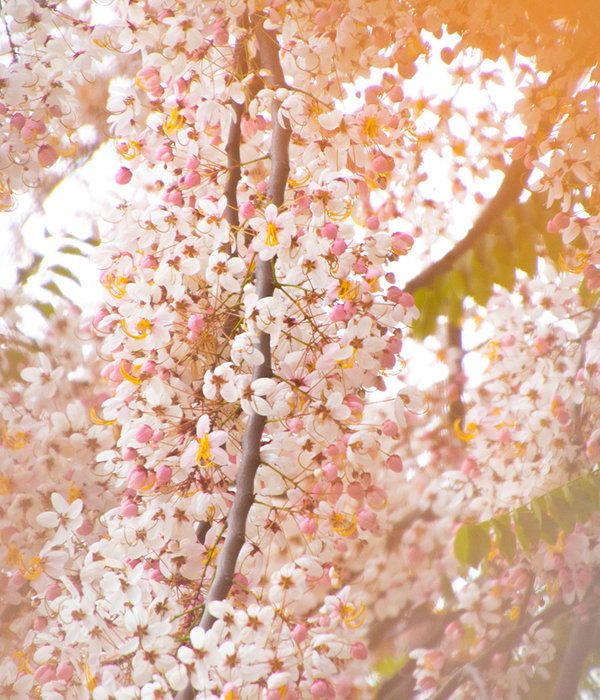Architects:AECOM
Area :130000 m²
Year :2019
Photographs :Markus Elblaus
Lead Architect :Erik Behrens
Engineering :AECOM, Arup
Lighting :MBLD
Project Management :ASTAD
Main Contractor :MAN Enterprise
Landscape Design Team : James Haig Streeter (Landscape Design Lead), Mark Blackwell, Warren Osborne, Kevin Underwood, Philip Dugdale, Alfredo Galindo, Eric Hallquist, Shafee Jones-Wilson, Wing Lai, James Manuel, John Neilson, Jonathon Reeves, Adam Rothwell, Jason Shinoda, Stephen Suen, Jack Wu
Water Features : Fountains Direct
City : Doha
Country : Qatar
Oxygen Park was designed to provide a ‘green lung’ for the Education City Campus in Doha, Qatar. Inspired by the fluid land formations and wind-eroded rocks of the natural desert environment, the terrain was formed to maximize passive cooling from the prevailing winds and to accommodate multiple sporting activities.
The dramatic landscape features a subterranean walkway with cooling tunnel segments and a series of dynamic, looping running tracks.
Oxygen Park is now a vibrant destination for the local community – and a perfect antidote to the desert heat. The park offers an impressive 130,000sqm of green space, 7,000m of pathways, a shady, covered walkway, a 1,600m running track, an equestrian track, sports pitches, four folly buildings, and gardens containing more than 100 plant species with a majority of indigenous and desert-adaptive planting.
It is accessed via the Tram System and the campus-wide cycle and walking routes. The park’s dramatic, wind-sculpted landscape was created with the hot and dry climate of the country and its cooling breezes in mind. Honoring the local landscape is core to, and is evident across, every single aspect of the park’s design.
For example, the park's topography was computer modeled to maximize passive cooling from the prevailing winds and create a shaded walkway with cooling tunnel segments. As with traditional Arabian Gulf wind towers, the available breeze is channeled through the wind passages carved in between the gardens to provide natural ventilation. The undulating topography with its hills and swales creates a strong spatial framework for various embedded programmatic activities in conjunction with dynamic looping running tracks.
The buff-colored hardscape materials were chosen to be sympathetic to the Qatari native landscape and to minimize glare and heat-island effects. The curving footpaths are constructed in seeded concrete to provide even, robust and continuous surfaces for sports activities.
A covered walkway is formed from large C-shaped reinforced-concrete ribs that are placed along one side of the tracks. They are founded on a continuous raft foundation that bears on the limestone formation below the park. Inspired by wind-blown desert rock formations, the soffit and walls are clad with natural stone to create a monolithic-appearing structure.
The conditioned folly buildings provide cool resting places after intense workouts and outdoor classrooms for teaching activities. They are formed from a reinforced concrete structure embedded into the slopes of the hills and are covered with a cantilevering green roof to maximize thermal mass and reduce solar heat gain.
The project incorporates indigenous and desert-adaptive planting. Stormwater from seasonal rainfalls is stored on-site through soakaways embedded in the softscape areas, which enhance the natural ability of the soil to drain the water. Grass surfaces for sports activities are equipped with smart irrigation systems with sensor technologies to control and reduce water consumption.
▼项目更多图片
{{item.text_origin}}












